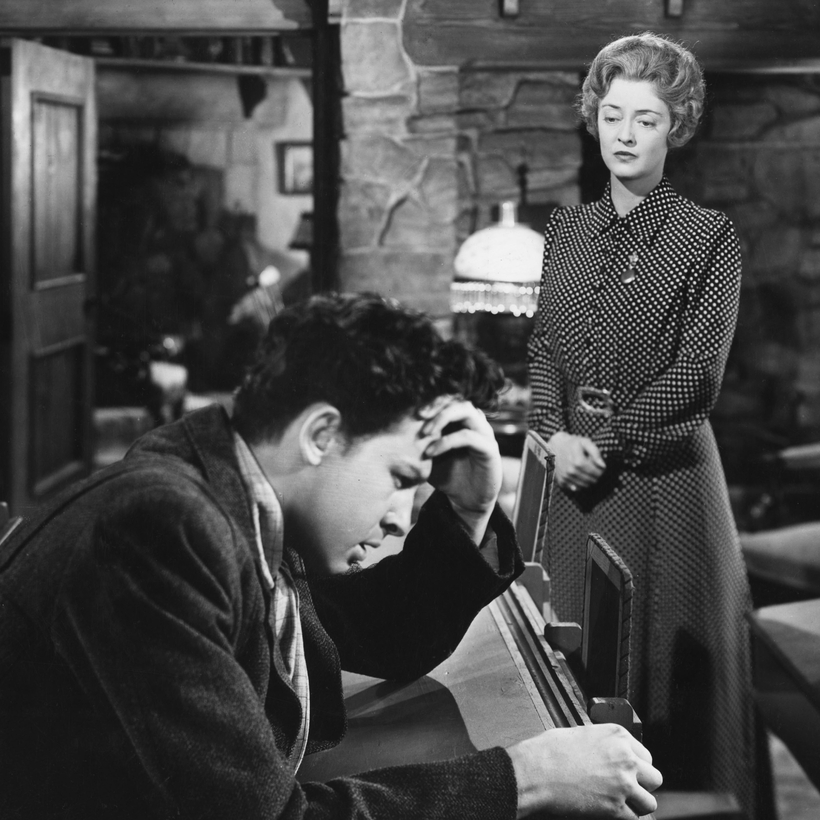One of America’s great white-teacher-savior films celebrates a big anniversary this year. The film features a beautiful novice teacher, played by a famous white actress, surrounded by a sea of unruly and poor black faces, whose enthusiasm for their own brand of incomprehensible music and culture is matched by their resistance to schooling. The students’ home lives, marked by substance abuse and the near certainty of an early death, poses an obstacle to the heroic work of the teacher, as do the students’ families, who see no value in the kind of learning that the teacher has to offer. The teacher’s goal becomes a matter of liberating her students from the unfortunate conditions of their upbringing and into the light of learning by way of their own desires.
If you guessed that the movie described above is Dangerous Minds, starring Michelle Pfeiffer and released 25 years ago, you would be almost right, as nearly everyone would dispute that film’s greatness. Despite its popularity, Dangerous Minds has served as a regular and easy target of cultural and academic criticism for its comfortable, paternalistic solution to white guilt over the continued oppression of minority children in a nation that prides itself on empty promises of equal opportunity—a formula that has been successfully repeated in films such as Conrack (1974), Stand and Deliver (1988), Freedom Writers (2007), and a dozen others less worthy of mention.
But even before 1955’s The Blackboard Jungle, starring Sidney Poitier in his breakout role, another notable installment in the white savior tradition, Irving Rapper’s The Corn Is Green (1945), provided an image of teaching as the selfless, lonely work of cultural conversion.
Grass Roots
Seventy-five years ago, Bette Davis’s portrayal of Lilly Moffat, the educated spinster who devotes her life to her prized student Morgan Evans’s attendance at Oxford, provides a striking comparison to the stories depicted in more recent films. The setting is less familiar, as Moffat’s missionary zeal finds its home in a Welsh mining town, and the black faces are those of the Welsh young men who march, singing from the mines, covered in coal dust. But the fact that the black dust can be washed from their faces (and must, according to Moffat’s rules, before they can learn) carries significant symbolic weight for this film as well as for those that follow its model.
The miners’ change in appearance reminds us of something that educational leaders like to repeat without recognition of its consequences, namely that education is not a matter of filling a pail or piling up facts but about transformation. The consequence we ignore in this collection of metaphors is that transformation entails losing as well as gaining. In The Corn Is Green and films like it, education comes at the cost of a student’s connection to her or his family, language, and culture. The remarkable aspect of The Corn Is Green is its sensitivity to the losses suffered as a result of educational gains.
Due to circumstances that we won’t spoil here, Morgan discovers that in order to attend Oxford he will never be able to return home again. Carried off on the shoulders of his fellow miners, Morgan looks back at his school and his teacher as the film closes, capturing a last glance at a life that no one in his future will be able to understand or appreciate.
The remarkable aspect of The Corn Is Green is its sensitivity to the losses suffered as a result of educational gains.
Returning to Dangerous Minds through the melancholic lens of The Corn Is Green helps us to see not only a great difference between the two films but perhaps the greatest failure of savior teacher films and the educational ideals they represent. While all of these films suffer from paternalism and easy answers, perhaps the worst light they cast on our society is in the idea that for minority youth seeking an education, there is no need to look back, because their own neighborhoods, their own cultures, hold no value. None of the students in Dangerous Minds or its various clones are torn between cultures in the way that Morgan is: those who refuse to be transformed by the school and who maintain their ties to their neighborhoods either drop out or are killed in gang violence. For those who remain, their lessons in the cultural nostalgia of a history that highlights white achievements provides them with the correct affective attachments that will make their transformations into successful students seamless.
Whether we see it as an inspiration or a problem, an artifact or a piece of entertainment, perhaps the best way we can celebrate the 25th anniversary of Dangerous Minds is by taking it up with a critical eye, with reference to its predecessor of 50 years. In doing so, we might recognize that our often overly positive ideals regarding education, reflected in our popular films, tend to mask the difficulties and losses involved in educating a diverse body of individuals towards a set of common purposes.
David Jelinek teaches art at Collegiate School, in New York City. James Stillwaggon is Professor of Philosophy at Iona College. They are the authors of Filmed School
